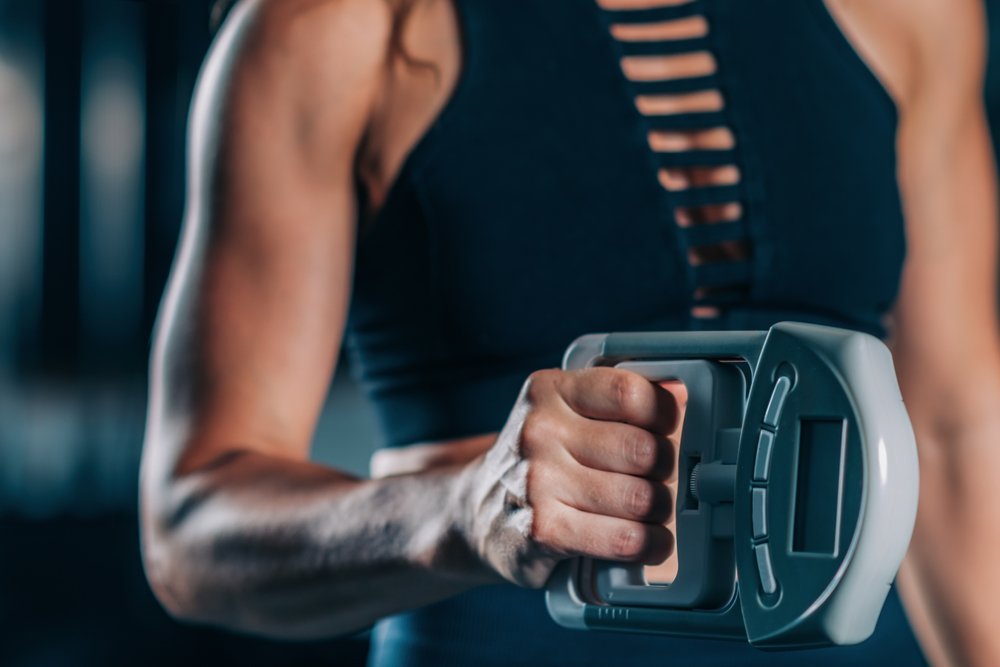POTS-Friendly strategies to track recovery
If you have POTS or other types of dysautonomia, you've probably noticed that recovery tracking methods like HRV and resting heart rate don't always work for you. Whether you're trying to pace your energy to avoid crashes or optimize athletic performance, reliable recovery data is crucial. But with dysautonomia, your autonomic nervous system is already dysregulated…creating chaotic readings that don't always match how you actually feel.
Luckily, there are recovery tracking options that bypass autonomic dysfunction entirely: grip strength testing and the CNS tap test.
The Tap Test & Grip Strength
Both grip strength and CNS tap tests measure how well your brain can control and coordinate muscle function, which declines when you're fatigued. These methods bypass autonomic dysfunction, giving you consistent data that actually matches how you feel.
Here are the protocols for implementing these strategies:
Grip Strength Protocol
Equipment needed:
Handheld dynamometer or grip trainer with gauge
Calculate your Baseline (14 days):
Test daily at same time (ideally in the morning, before caffeine - but as long as you keep it the same every day, you can choose your own adventure).
Measure in the same position every time - for example, sitting upright, using your dominant hand, with your elbow tucked in at your side and bent to 90°
Perform 3 maximal effort squeezes, with 30 seconds rest in between
Record EITHER the highest value OR the average (your choice, just keep it the same day-to-day).
Calculate 14-day average: This is your baseline!
Daily Training Guide:
If your grip strength is within 5% of your baseline: Train as planned
If your daily measurement is 5-10% below baseline: Reduce training volume OR take recovery day
If your daily measurement is >5-10% below baseline for 2+ days: take multiple recovery days / consider a deload phase
CNS Tap Test Protocol
Equipment Needed:
Smartphone with CNS tap test app
Establish a Baseline (14 days):
Test every day at the same time
Sit at a table, phone flat on surface, heel of your palm resting on the table
Tap screen as fast as possible with index finger for 10 seconds
Rest 30 seconds, repeat 1 more time, record highest count OR average
BASELINE = 14-day average
Daily Training Guide:
If tap score is within 5% of baseline: Train as planned
If tap score is 10% below baseline: Reduce training volume OR take recovery day
If tap score is >10% below baseline for 2+ days: take multiple recovery days / consider a deload phase
Why This Works
These tests offer a direct snapshot into your central nervous system —independent of autonomic dysfunction. When your CNS is fatigued from POTS flares, overtraining, or poor sleep, both grip strength and tapping speed decline reliably.
Unlike HRV and RHR, which POTS can easily throw off, these give you clean, actionable recovery data.
Getting Started
Pick one method (or both!) and commit to daily testing for two weeks to establish your baseline. Trust the trends over single data points, and give yourself a month to learn the patterns.



